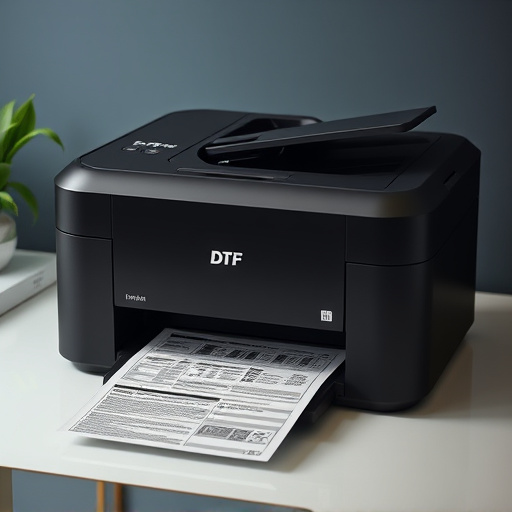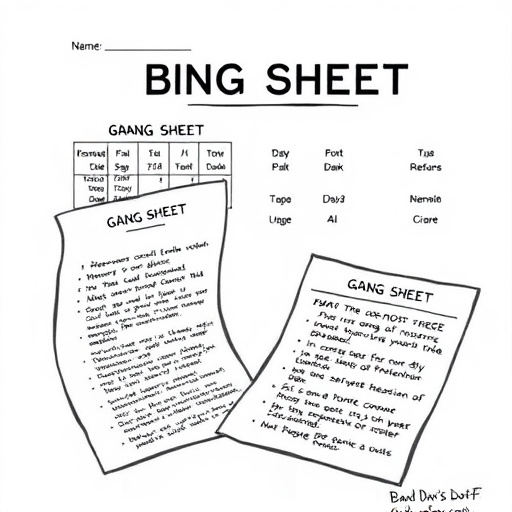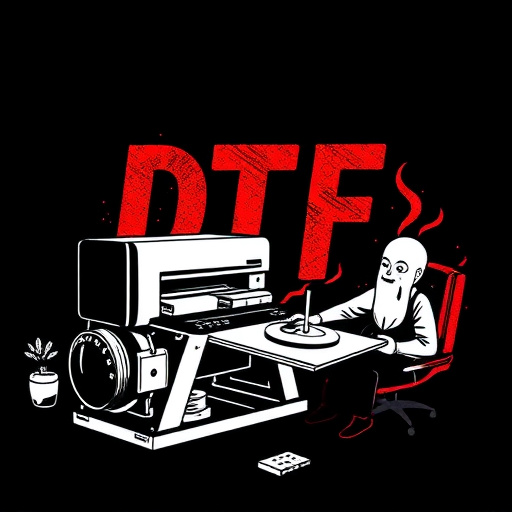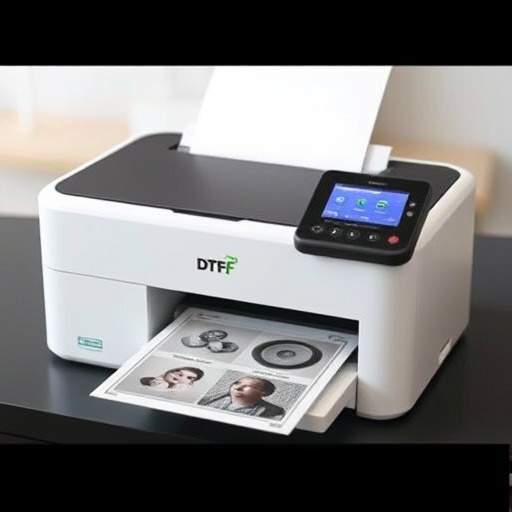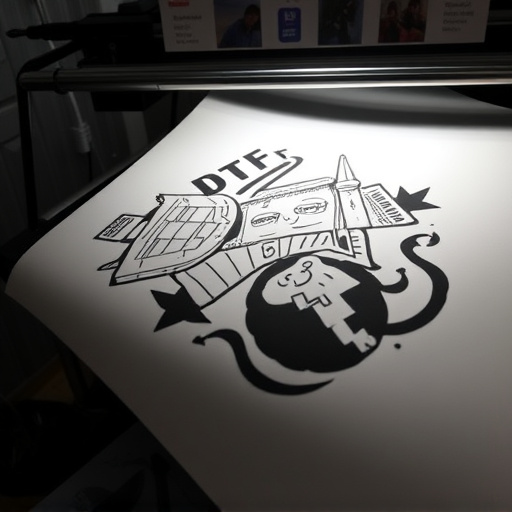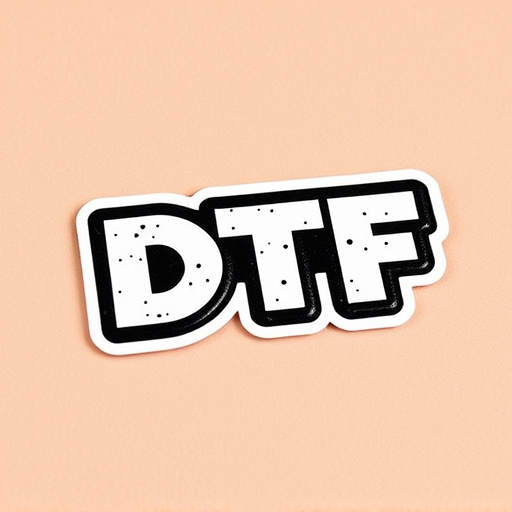Direct to Fabric (DTF) Printing Technology has revolutionized apparel production by eliminating traditional screen printing methods, enabling efficient and cost-effective customization. The current commercial DTF printing boom is driven by e-commerce growth and advancements in heat transfer paper, allowing intricate designs, vibrant colors on diverse fabrics, and swift creation of personalized items at scale for both small and large businesses. This technology has transformed product customization across various materials, from apparel to signage, with a particular focus on hoodies.
“Discovering the surge in commercial DTF printing, an innovative direct-to-fabric technology, this article unravels the boom’s mysteries. We’ll explore how this cutting-edge approach is transforming industries by offering on-demand, high-quality printing solutions. From its technological foundations to its market impact, understand the factors fueling its rise and the diverse applications enhancing businesses globally. By delving into these aspects, we aim to equip readers with insights into the future of fabric printing.”
- Understanding Direct to Fabric (DTF) Printing Technology
- Factors Driving the Commercial DTF Printing Boom
- Benefits and Applications of DTF Printing in Business
Understanding Direct to Fabric (DTF) Printing Technology

Direct to Fabric (DTF) Printing Technology has revolutionized the apparel industry, driving the current commercial DTF printing boom. Unlike traditional screen printing methods that require separate screens for each color and design, DTF allows for direct application of ink onto fabric using heat-sensitive film. This innovative process streamlines production by eliminating the need for intricate setup and multiple passes, making it an efficient and cost-effective solution for custom apparel.
The technology involves transferring a design from a digital file to a heat-peelable film, which is then precisely positioned over the fabric. Heat is applied to bond the ink to the fabric, creating vibrant, long-lasting prints on a variety of materials. This versatility has led to its popularity in producing custom items like direct to film personalized hoodies and cold peel DTF transfers, catering to both small businesses and large enterprises seeking high-quality, personalized products.
Factors Driving the Commercial DTF Printing Boom

The Commercial DTF Printing Boom is fueled by several key factors that have transformed the custom apparel industry. One of the primary drivers is the rapid growth of e-commerce and online retail, which has led to a surge in demand for personalized, on-demand products. Consumers now expect instant gratification, and custom t-shirts offer a unique, trendy way to express individual style.
Additionally, advancements in technology have played a significant role. DTF (Direct to Fabric) printing, specifically dtf heat transfer paper, offers exceptional quality and efficiency compared to traditional methods. This innovative process allows for intricate designs, vibrant colors, and a wide range of fabric types, making it versatile for various applications. The ability to create custom transfers quickly and accurately has further propelled the DTF printing boom, enabling businesses to cater to diverse customer preferences with ease.
Benefits and Applications of DTF Printing in Business
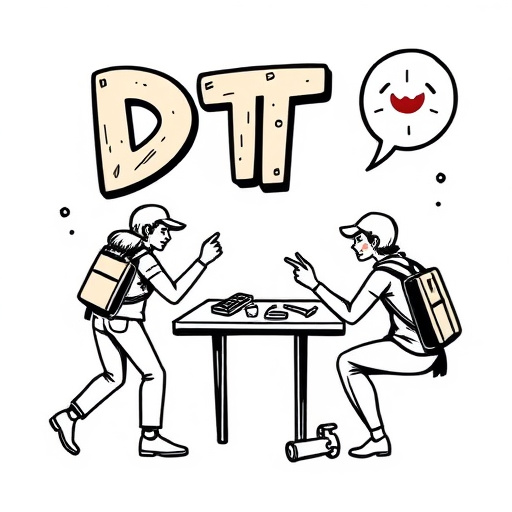
The rise of Commercial DTF Printing has revolutionized the way businesses approach product customization and personalization. This cutting-edge technology offers a plethora of benefits, making it an attractive option for various industries. One of its key advantages is the ability to produce high-quality, vibrant designs on a wide range of materials, from clothing to signage. With DTF (Direct to Fabric) Printing, businesses can effortlessly create unique and customized products at scale, catering to individual customer preferences.
DTF Printing has diverse applications, particularly in the apparel industry where it’s used extensively for dtf printing on hoodies and other garments. This method allows for intricate and detailed designs, making product differentiation easy. Additionally, the technology supports a variety of fabric types, ensuring businesses can cater to different customer needs. A dtf printer and dtf heat transfer paper are essential tools in this process, enabling efficient production and delivering exceptional results.
The recent surge in commercial DTF printing is a testament to the technology’s ability to transform various industries. By understanding the underlying Direct to Fabric (DTF) printing technology and leveraging its benefits, businesses can create unique, high-quality products with speed and efficiency. The factors driving this boom showcase a perfect alignment of cutting-edge innovation and market demand, positioning DTF printing as a game-changer in customization and production. As this trend continues to gain momentum, embracing DTF printing offers immense potential for businesses to stay competitive and cater to diverse consumer needs.








